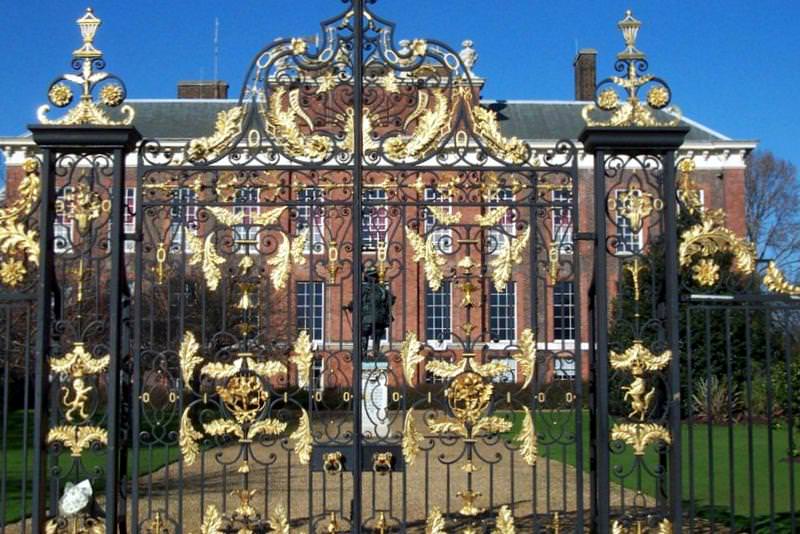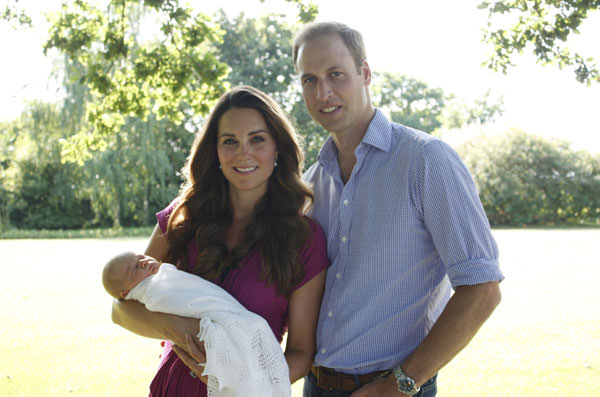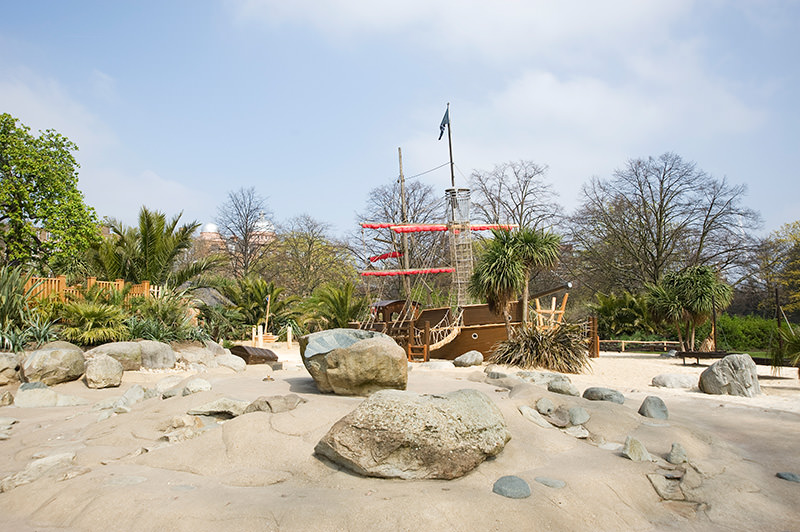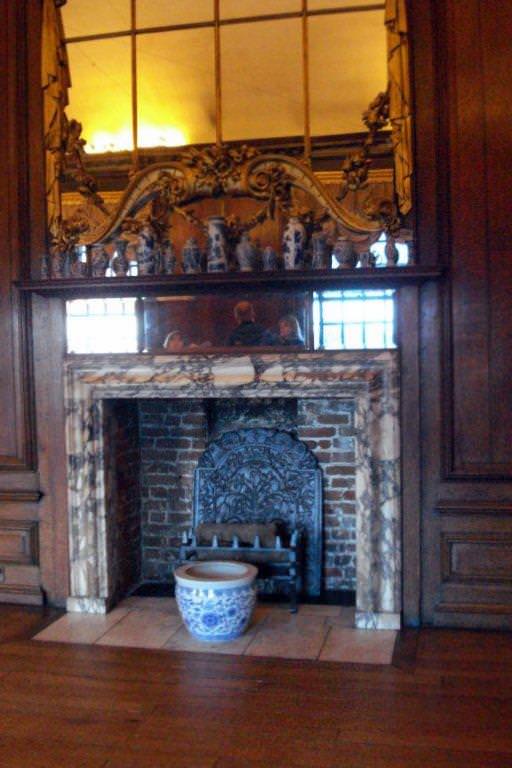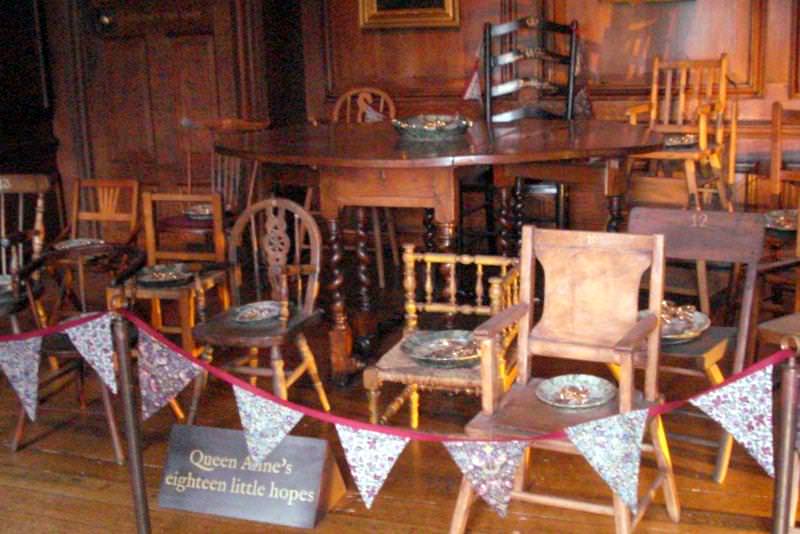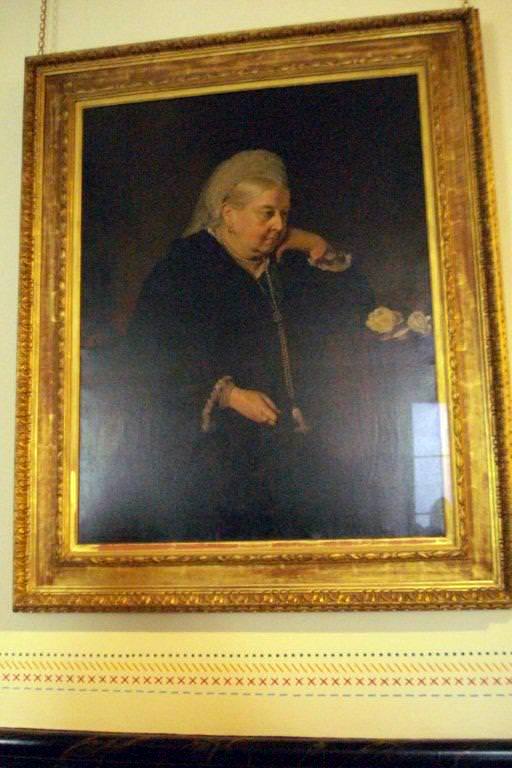On a recent visit to London, I only had a morning to spend sight-seeing so I chose a visit to Kensington Palace. I had no idea when I went there how much I would learn about the romance, tragedy and scandals of the royalty who had occupied the palace over the centuries.
Kensington Palace has been a royal residence since the 17th century and some of the most important moments in royal history happened here. The palace is divided into two parts, the historical state apartments which you can visit and a separate private wing where members of the royal family reside.
The palace has been home to the royalty since 1689 when King William III and Queen Mary II assumed the throne as joint monarchs. Originally it was known as “Nottingham House”, a Jacobean mansion built in 1605. William and Mary bought Kensington Palace and immediately instructed Sir Christopher Wren to begin an expansion of the house, providing more accommodations for the king and queen and their attendants.
Today Kensington is the official residence of Prince William and Lady Katherine, the Duke and Duchess of Cambridge and their newborn son, Prince George. They stayed first in the residence of Princess Margaret who died in 2002, and currently are awaiting renovations on their new suites in the palace. Prince Harry also resides at Kensington.
I took the Underground for High Street Kensington station and walked along the tree-shaded elegant street known as “Kensington Gardens” to the entrance of the palace grounds. The grounds have been newly landscaped and some of the trees that once obscured the view removed with lush flowerbeds lining the paths. As I approach I see the famous Golden Gate that I recall visiting back in 1997 after Princess Diana’s death.
Diana, Princess of Wales, lived at Kensington from 1981 until her tragic death in a Paris car accident in 1997. After her death was announced, the ornate golden gate at the palace entrance was heaped with memorial bouquets and flowers festooned the garden walls. Diana’s coffin lay in state inside the palace on its last night in London before her funeral in 6 September 1997. Today there is a children’s playground in the park dedicated in her memory and part of the Princess Diana memorial walk tour takes you through the gardens of Kensington.
On a marble pedestal surrounded by a pond, the stately statue of Queen Victoria welcomes visitors to the palace. The queen was born at Kensington Palace in a room that is now the North Drawing Room.
As I entered the palace vestibule I was greeted by a large, attractive photograph of Diana. A new temporary exhibit displays some of Princess Diana’s wardrobe as well as items from the Royal Ceremonial Dress Collection, including some of Princess Margaret’s gowns.
From the vestibule, there are four different routes you can take to explore the palace. Explainers, posted throughout, provide more information about the palace and its history. I chose a route that took me into most of the Queens rooms. Along the walls a low shelf displayed pillows embroidered in the images of the royalty who once resided there.
First I visited the Queens State Apartments, which are furnished in regal elegance. In the Queen’s Bedroom, I learned of the tragic death of Queen Mary II who died here several days after Christmas in 1694 after contracting smallpox. She was only 32 years old. Sadly, King William died eight years later after falling from a horse. After his death, the palace became the residence of Queen Anne, his cousin and Mary’s sister.
Queen Mary had disagreed with Anne over finances, status and choice of acquaintances so they had been estranged. After she inherited the throne, she commissioned Christophe Wren to complete the extensions that William and Mary had begun resulting in this section known as the Queen’s Apartments with the Wren staircase, known as “The Queen’s Entrance”, serving as the exit point. The steps were made shallow so the queen could walk down gracefully.
Here in the Queen’s Closet, back in 1710, Queen Anne and her best friend Sarah, Duchess of Marlborough, had a huge argument. Apparently the Duchess was jealous because the Queen had shown too much attention to her cousin, Abigail. The Duchess was known for being outspoken and manipulative, so an angry scene played out here after the Duchess had presented a bawdy poem in the court implying the queen was in a lesbian relationship with Abigail. The Duchess was stripped of her official duties and the two women never spoke to each other again.
Queen Anne was plagued by illness throughout her life and from the age of 30 became lame and corpulent. She had 18 children by her husband Prince George of Denmark, but all of them either miscarried or died shortly after birth. In one room of the palace 18 small chairs are set up representing these children, “Queen Anne’s Little Hopes”. Anne died in August 1714, released from a life of ill health and tragedy. She was the last monarch of the House of Stuart, and was succeeded by her cousin George I of the House of Hanover.
King George spent lavishly on more renovations to the palace, adding a beautiful painted staircase and ceiling decor. The Cupola Room, a state room with an elaborate high coved ceiling, was added in 1722. This was the site of the christening of Princess Alexandrina Victoria, who became Queen Victoria at the age of 18 after her uncle, the king, died. She held her first Privy Council meeting in this room on 20 June 1837.
I especially enjoyed the Victoria Revealed exhibits which included a peek into the childhood and family life of the monarchs. Queen Victoria was believed to have been born in the royal nursery and spent her childhood there. Victoria met her beloved “Bertie” at the palace. Although he was her first cousin, they married, and Albert became her devoted consort. They had nine children. The two had a loving relationship as attested by the collections of gorgeous jewelry Albert had designed for her, handwritten notes by the Queen and other memorabilia. In one room is a piano that Albert used to play along with a display of music he had composed for the queen. Albert died at the age of 42 on 14 December, 186l. Queen Victoria was so devastated by his death that she plunged into deep mourning which lasted for the rest of her life. Along with displays of her sumptuous wardrobe is one containing mourning clothes worn by her and her children.
There were some amusing rooms in the palace as well. I particularly found the “Whispering Gallery” where you’ll get a generous dose of palace gossip fascinating. I sat quietly on the windowsill as instructed and listened to the whispers which came from various locations such as the big copper horn of the Victrola.
“Did you know that one day one of the court ladies pulled a chair from under the Countess of Deloraine as she was playing cards with the king. What a fuss that caused! The countess, who was the royal mistress of King George II got so angry when he started laughing at her, she pulled the king’s chair out from under him. Tut Tut! The King was not amused. The Countess has been removed as his royal mistress and dismissed in disgrace!”
I followed the footsteps of courtiers into the sumptuous state rooms of the King’s State Apartments. The architecture and grand paintings of William Kent is outstanding. The suite includes displays of the flamboyant 8th century court dress worn by the royal gentlemen. And for further amusement you can try your luck at a secret game of court intrigue “The Game of the Court”
I wish I’d had more time to spend in the palace as well as time to explore the beautiful surrounding gardens. There is so much to see and absorb that a quick trip like mine didn’t do the palace justice. Maybe next time I’m in London I’ll have another look!
Written by and photos by W. Ruth Kozak for EuropeUpClose.com

